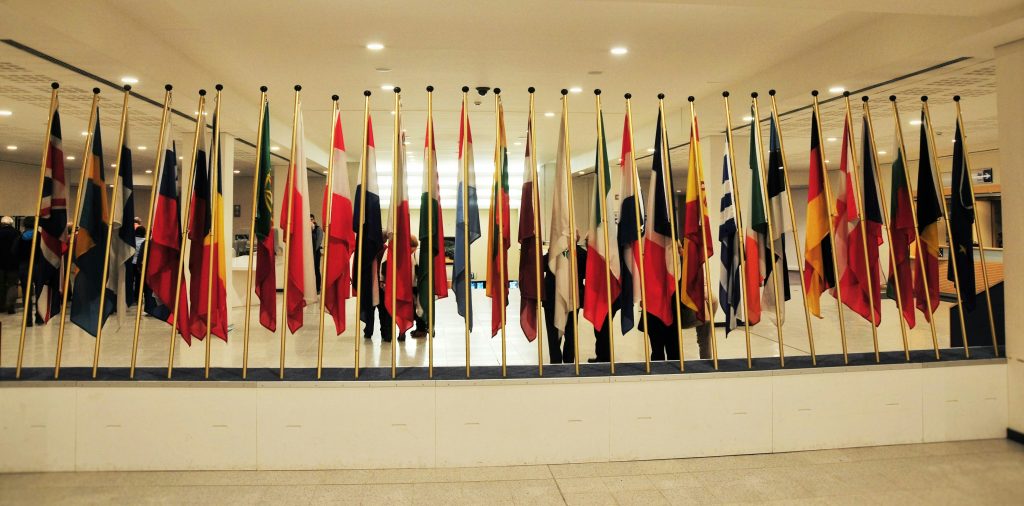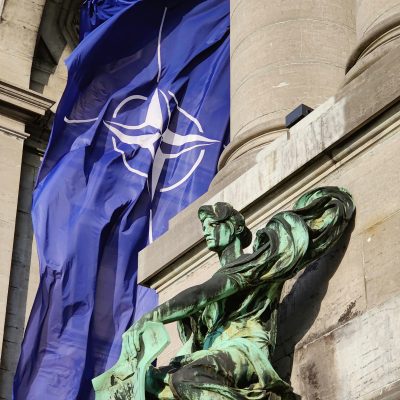Resetting EU external action: potential and constraints
Based on key lessons from the past five years, this Policy paper by Nicole Koenig formulates recommendations for a more coherent, efficient and strategic EU external action.

The 8th of February 2015 marks the end of the first 100 days of the new European Commission. On this day, Federica Mogherini is supposed to present a report assessing the internal structures of the European External Action Service (EEAS).
The new leaders in Brussels, the associated atmosphere of departure, and an ambitious review calendar for 2015 have raised expectations that the EU will finally “get real” about its common foreign policy.
The policy paper by Nicole Koenig puts these expectations into perspective and formulates recommendations for a more coherent, efficient, and strategic EU external action. The new leaders would be advised to learn from the successes and failures of the past five years. More concretely, they should:
1. Foster more systematic coordination: There is no need for more, but rather for more systematic coordination. This entails a better identification of relevant thematic interfaces between the various areas of EU external action with their different time frames.
2. Streamline to prevent turf wars: A clear delineation of competences should sometimes be preferred over increased coordination. Streamlining would also imply reducing the number of coordinating positions within the EEAS.
3. Think and act more strategically: The High Representative should launch a gradual process of strategic rethinking. The final output should depend on real substance and added value. However, strategic rethinking should not stand in the way of timely and visible EU action when external developments call for it.




